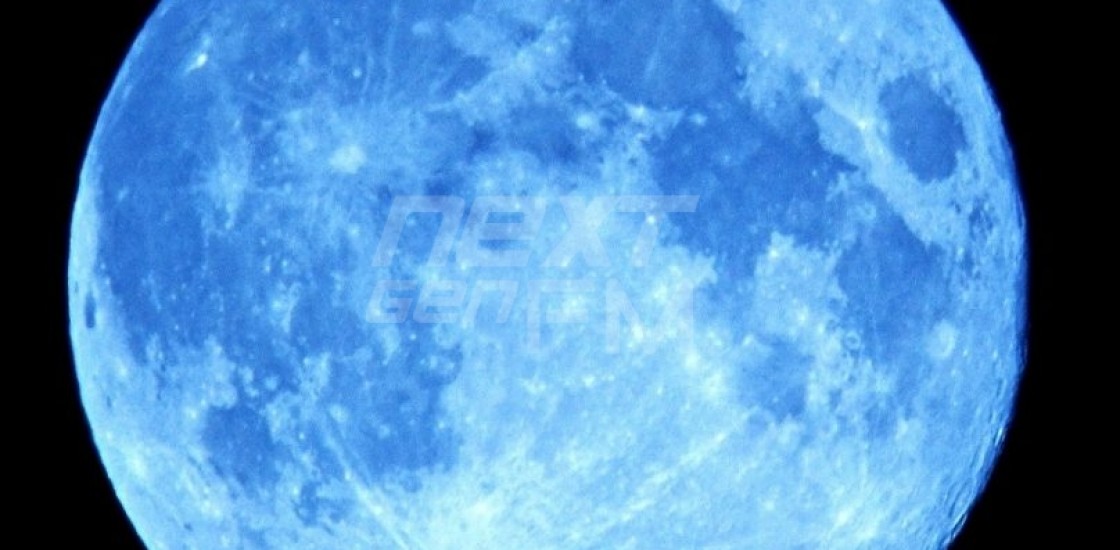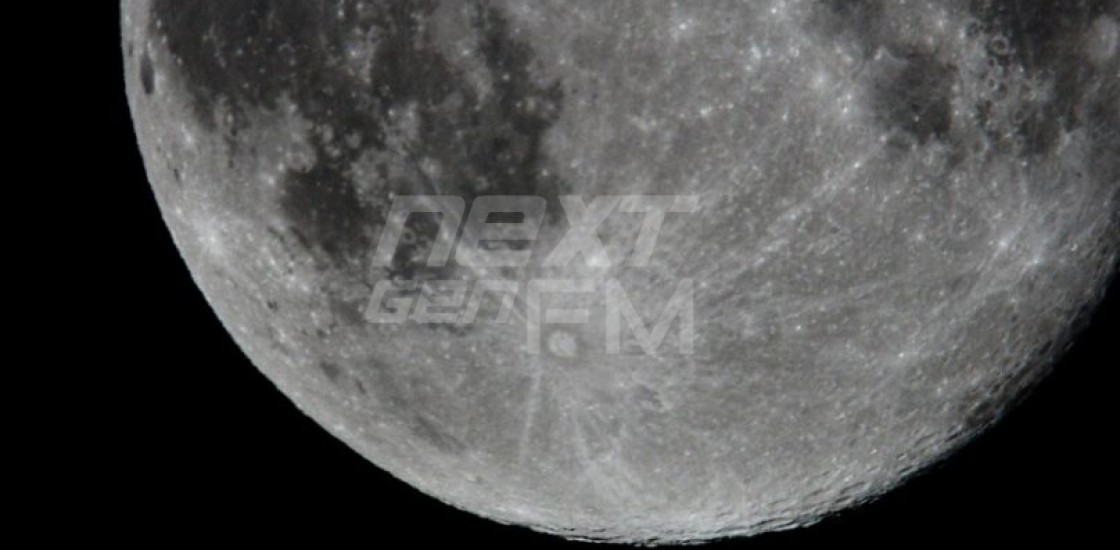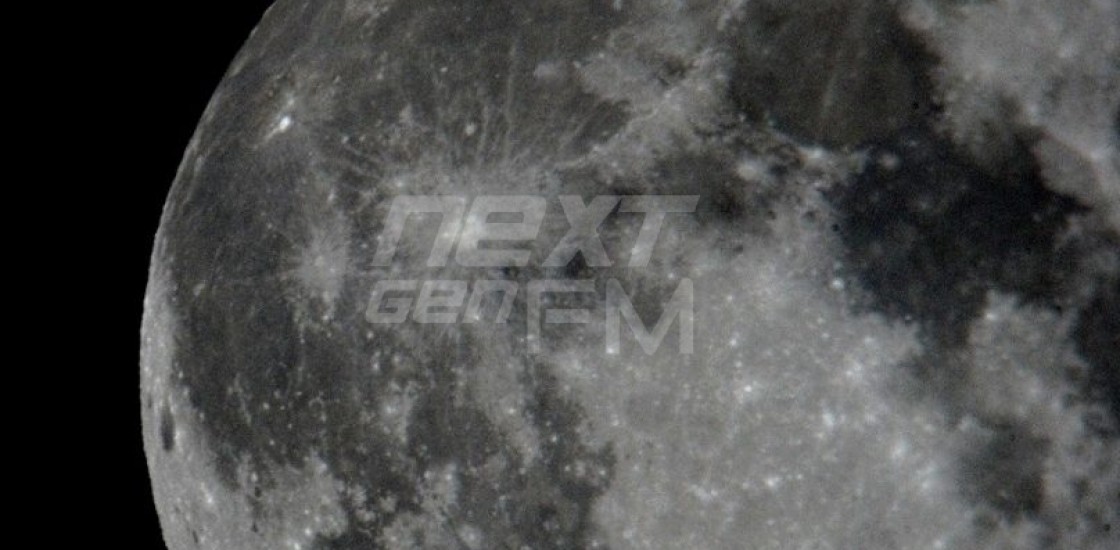The moon doesn’t really look blue, but special filters can be used with a telescope to bring out details on the surface.
The full moon is usually not the best time to photograph the moon, but this Blue Moon was the exception.
This will be the second full moon in a calendar month anyone will see until 2015.
There are actually two definitions for a blue moon, the 3rd full moon in a quarter of the year with 4 full moons is traditionally called the “blue moon”. This is what the Farmers Almanac follows and is based on setting the date of Easter which is a whole different but interesting topic…
The word “blue moon” might have come from the Old English word “belew” which means “to betray”. Early Christians planned their ceremonies like Easter around new and full moons, and seeing an extra moon in a season would have meant the church would have to move the dates of ceremonies.
This most likely would have caused important ceremonies like Lent, a period of fasting before Easter, to have been lengthened to compensate for a later Easter moon.
However, the term is also applied to months with two full moons. The whole thing stems from a 1946 sky and telescope article (of all things) that called the second full moon in a month a blue moon.
Here is a great article that helps explain the blue moon confusion.
This one is helpful as well.
Crater Copernicus stands out in a dark area of the moon called “maria”, which means “sea” in Latin.
The young crater Tycho, only 108 million years old, can be seen in this shot. The rays from the impact site scattered debris all over the ancient lunar surface.





Comments are closed.